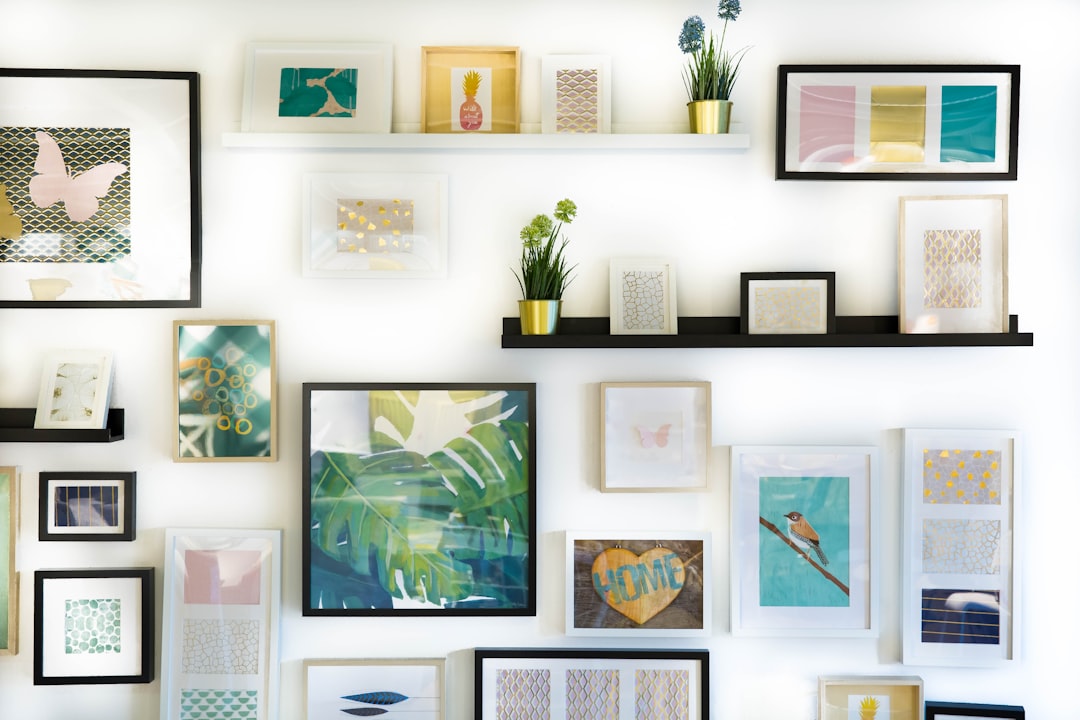In the realm of design, innovation is not just about aesthetics or functionality; it’s about revolutionizing how we interact with our environment and enhancing our everyday experiences. This article delves into the multifaceted world of design, exploring how it continually evolves and shapes our future. From sustainable strategies to the integration of new technologies, get ready to discover the captivating trends and transformative ideas that are setting the stage for tomorrow’s creative landscapes.
The Essence of Minimalism
In recent years, minimalism has taken center stage in design philosophies across various disciplines. This trend is not merely about reducing the number of elements used, but about emphasizing the concept of ‘less is more’. Minimalistic design focuses on the idea that through stripping away the non-essential, we can achieve a form of purity and clarity. In architecture, this might mean cleaner lines and open spaces that promote tranquility. In product design, it translates to user-friendly interfaces and intuitive usability that enhance consumer satisfaction.
Sustainability in Design
The Green Materials Revolution
Sustainability has become a cornerstone in contemporary design, pushing innovators to rethink materials and methodologies. The advent of biodegradable materials and advances in recycled products are paving the way for environmentally conscious designs. Designers are now more than ever responsible for the lifecycle of products from creation to disposal, ensuring that everything created has minimal environmental impact.
Eco-centric Approaches in Urban Spaces
Urban design is increasingly adopting sustainable practices, focusing on creating spaces that are not only efficient but also harmonious with the environment. Concepts like green roofs, energy-efficient lighting, and water conservation systems are becoming standard in new developments. These initiatives not only reduce the carbon footprint but also enhance the quality of life for urban residents.
Technological Integration in Modern Design
The fusion of technology and design has opened up new vistas of creativity and functionality. Smart homes that adapt to our preferences and needs, wearable technology that monitors health metrics, and augmented reality that enhances user interaction are no longer figments of the imagination but real-world applications. This integration promises a future where design is not only about visual appeal or structural functionality but about creating an interconnected and seamless experience.
The Cultural Relevance of Design
Design does not exist in a vacuum; it reflects the cultural and social nuances of its time. By understanding the historical and cultural context of a design, we can appreciate its significance and influence. Whether it’s the bold geometrics of Art Deco or the functional simplicity of Scandinavian design, each style serves as a mirror to society’s values and aspirations at that time. Contemporary design continues to evolve by drawing inspiration from a diverse range of cultural influences, pushing boundaries, and challenging conventional norms.
The Future of Design Education
Education in design is also witnessing a transformation, emphasizing not only technical skills but also critical thinking and innovation. Interdisciplinary approaches are being encouraged, blending design with technology, business, and environmental science. This holistic approach prepares future designers to think broadly and tackle complex challenges, making design education a pivotal foundation of creative development.
As we continue to explore and expand the boundaries of what design can achieve, we not only enhance our surroundings but also set the stage for future generations. The journey through innovation and elegance in design is an ever-evolving narrative, rich with potential and brimming with possibilities.







